Attic ventilation is key to maintaining your roof and home’s health, safety, and even structural integrity. Attic baffles are often one key component of that roof ventilation system by helping to maintain airflow through concealed spaces. This guide will answer all the questions you have about attic baffles and the questions you didn’t know you needed to ask!
What are attic baffles?
Attic baffles, also sometimes referred to as insulation stops, vent spacers or rafter vents, are the chutes that provide a channel for air to flow from the exterior soffit vent up to the inside of the main attic space or to a ridge vent.
As energy codes become more demanding, the depth of insulation required in an attic has increased. Attic baffles help to prevent insulation from covering up the soffit vents, which would render them useless. Attic baffles are a critical component for providing the airflow that helps to remove moisture and control the temperature inside the attic.
How do they work?
To understand why attic baffles are so important, we first need to understand how attic ventilation works. We’ve covered some of this information in our other attic-centric articles about soffit vents, ridge vents, and attic fans, if you’re interested in a deeper dive into all of these components.
Charles’ Law states that hot air rises and an attic ventilation system is the perfect example of this law in everyday action. Wonderopolis.org explains this law of science succinctly: “Hot air rises because gases expand as they heat up. When air heats up and expands, its density also decreases. The warmer, less dense air effectively floats on top of the colder, denser air below it. This creates a buoyant force that causes the warmer air to rise.”
So, how is this law expressed in an attic ventilation system? Cool, outside air enters the attic through exterior soffit vents, then bypasses layers of insulation to the main attic chamber through- you guessed it- attic baffles, and eventually warms up, rising to the peak of the roof and exiting through a ridge vent or other roof vent. When properly executed, this creates a continuous convection system that, for the homeowner, is passive and requires no active participation.

Do I need baffles in every rafter bay?
Attic baffles are installed against the underside of the roof sheathing between rafters. The best practice is to install the baffles within every rafter bay. This is done for two main reasons:
- They are in place if you need to install additional soffit vents in the future.
- Depending on the construction of the soffit, air can flow horizontally as well. This will keep the edge of the roof cooler, which is especially important for eliminating ice dams.
Where and when are attic baffles needed?
Generally speaking, you should always use attic baffles for unconditioned attics or ventilated roof systems.
Unconditioned attics (aka cold attics)
A cold attic is an attic space where the insulation is at the ceiling level of the home. This means that the attic is cold when the outdoor air is cold. The idea is that by keeping the underside of the roof cold, snow that has accumulated on the roof will not melt, which often leads to water infiltration and ice dams.
Attic baffles retain the insulation and keep it from falling within the soffit. They also allow air to pass above the insulation along the perimeter where the insulation is deep enough to touch the underside of the roof sheathing. If you have blown-in or batt insulation that rests on top of the ceiling below (which is typical in this situation), your baffles should extend at least 6” above the top level of insulation to ensure that they do not become blocked.
Ventilated roof systems
When you have a finished attic or cathedral ceiling, you can choose to ventilate the underside of the roof deck. Again, this will help to cool the underside of the roof to prevent ice dams, but it also cools the roof in hot weather. A hot roof surface will degrade asphalt shingles much faster. In fact, most shingle manufacturers require a vented roof for the warrantee to be valid!
Since the rafter bays are typically filled with insulation, there usually isn’t the opportunity for air flow. Attic baffles create a structure to allow for air flow while allowing insulation to be installed within the rafter bays. Some attic baffles even provide a surface for spray foam insulation to be applied.
In these scenarios, baffles should be installed from the eave vent, up the roof deck, until just below the roof vent. Make sure that baffles from opposing sides of the roof do not overlap at the ridge, because that would also block airflow, rendering the effort useless!
What about moisture?
Attic ventilation, and therefore attic baffles, are not only important to regulate temperature, but also because they keep air moving and keep moisture from building up within the attic. When moisture collects in the attic with no way to escape, it will begin to degrade and even rot the materials within- joists, rafters, roof deck, etc. If mildew or mold begins to grow inside your attic, the path to remediation is extensive and costly.
Once mold is found in an attic, the typical treatment method requires removing 100% of the insulation within, treating every square inch of surface area in the attic with an antimicrobial solution, and then re-insulating the space with new materials. Because of this, attic baffles (and correctly placed soffit and roof vents!) are not to be skipped and can save you thousands of dollars down the road.
Types and Advantages/Disadvantages of Attic Baffle Materials
Several materials are often used for making baffles. Some are expressly designed for the task, while others are simply just adaptable materials that do the trick in a pinch.
Cardboard
More commonly seen in “budget builds” or drier climates, cardboard baffles are plentiful in attics across the U.S. They’re often made from recycled materials or are repurposed from their previous use, so they’re more environmentally friendly than some other options. However, cardboard is a rather porous material, so it’s not a great option for climates with high humidity, as they likely won’t last for decades of regular exposure to moisture.
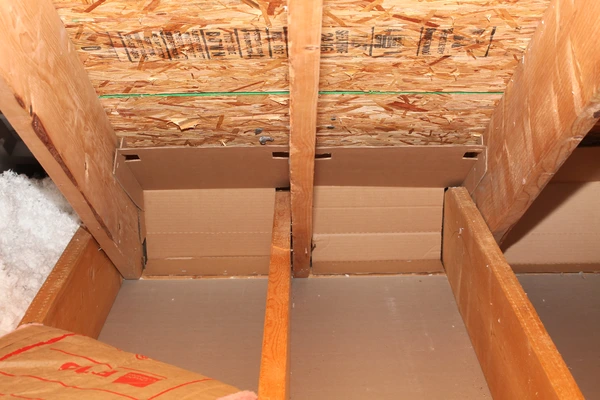
Plywood
The benefit of plywood is that, like cardboard, it is a plentiful material that many homeowners and/or builders may already have on hand. While plywood is a very sturdy material that also offers the benefits of some noise reduction and additional insulation properties, it is also somewhat porous, opening the possibility to mold or rot over an extended period of time, and it can be challenging or annoying to install as a baffle and time consuming to cut to size.
Plastic
Lightweight and flexible, plastic attic baffles are easy to cut down to fit any size rafter bay, and are simple to install. They are non-porous, so they won’t absorb moisture, grow mold, rot, or degrade over time. There are highly-engineered plastic baffles available on the market right now that can certainly add extra cost to your project, but if you want to “set it and forget it”, it may be the way to go.
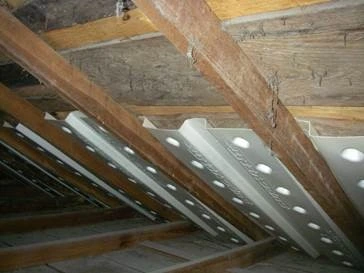
Foam
The type of foam panels specifically manufactured to be used as attic baffles are moisture proof, flexible, and easy to install, but they are also going to be a pricier option overall. They offer additional insulation benefits and can be found in common rafter widths at most home improvement stores. Foam baffles are great for high-humidity areas, or areas that see extreme temperatures (whether hot or cold).
Ultimately, the decision of which material to use should be measured by your climate, budget, and type of attic insulation.
Check Out Your Attic!
If you’re unsure about your own attic- go on up and take a look! You should be able to tell with a quick visual scan if baffles are sticking up above the insulation. Keep in mind that not all of the spaces between rafters may baffles- just those with vents.
If you’re not seeing anything, even after a closer look, it could be time to tackle the project to ensure your attic remains mold and moisture-free!
Can you DIY baffles?
Generally, both installing or creating your own attic baffles is an easy project that, while tedious at times, is simple for any home owner to handle. It won’t require any special tools or advanced construction knowledge.
The exception would be retrofitting baffles into an existing vaulted ceiling. This would likely require extensive demolition work, most likely from the inside, and reinstallation of the insulation and finish materials.
Installing your own
When installing new baffles in your attic, make sure that you are wearing a Tyvek suit or long sleeves and pants to protect your skin from fiberglass where fiberglass insulation is used. We also recommend eye and respiratory protection while moving around and disturbing the insulation.
If using a store-bought baffle, be sure to check the manufacturer’s recommendations for installation. If using cardboard or another material, check out a few videos or how-to guides to be sure your installation will be effective.
A bonus “premium” trick is to seal the area where the baffle meets the rafters with caulk to make it airtight and to use spray insulation foam at the bottom horizontal edge of the baffle to maintain maximum r-value in your attic. For older homes or houses in extreme climates, these gaps can make a big difference!
Building your own
Creating your own insulation stops can be done using various materials. A common method is to cut 2″ rigid insulation as needed, which can hold up to moisture and is easy to cut and manipulate. Plywood can also be used, but is more difficult to cut and install.
Let us know in the comments if you have additional questions or tell us about your experience.

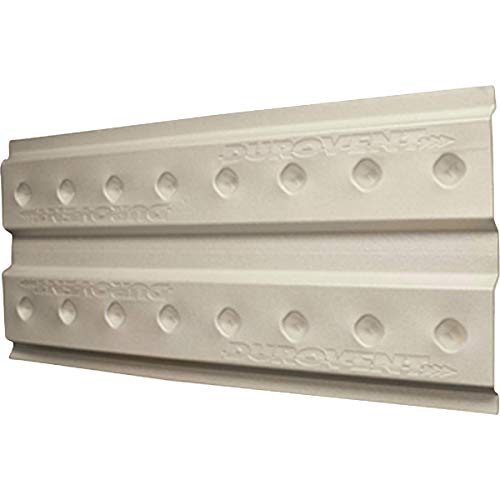
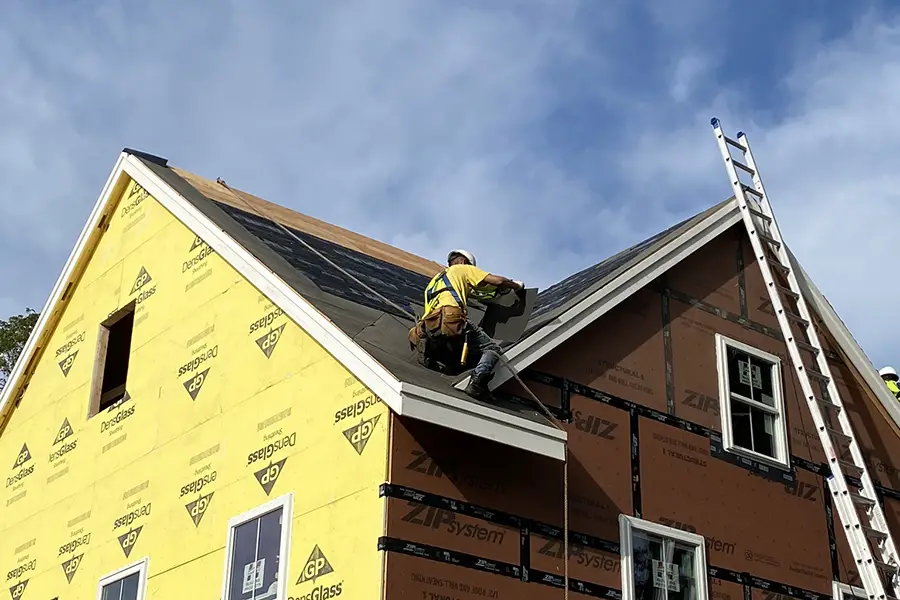
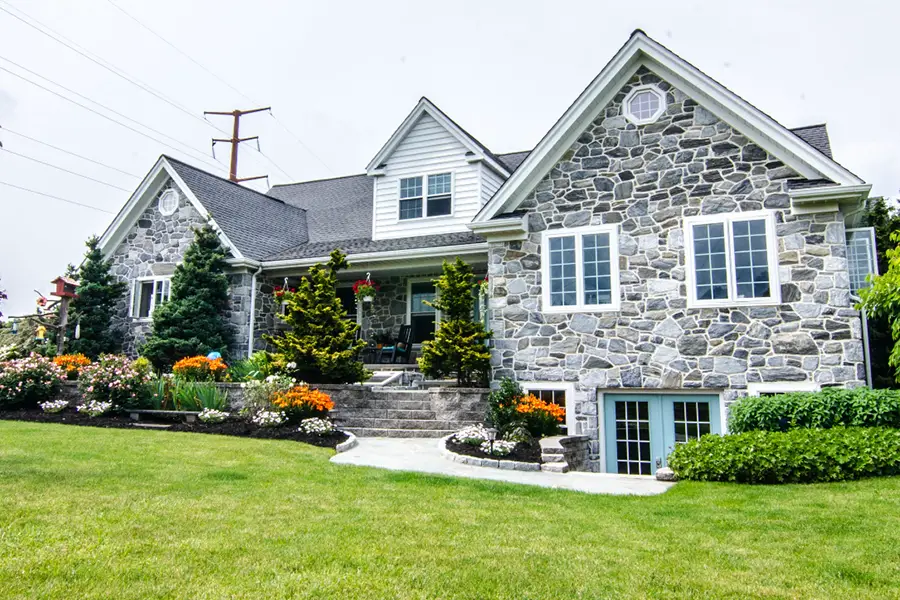
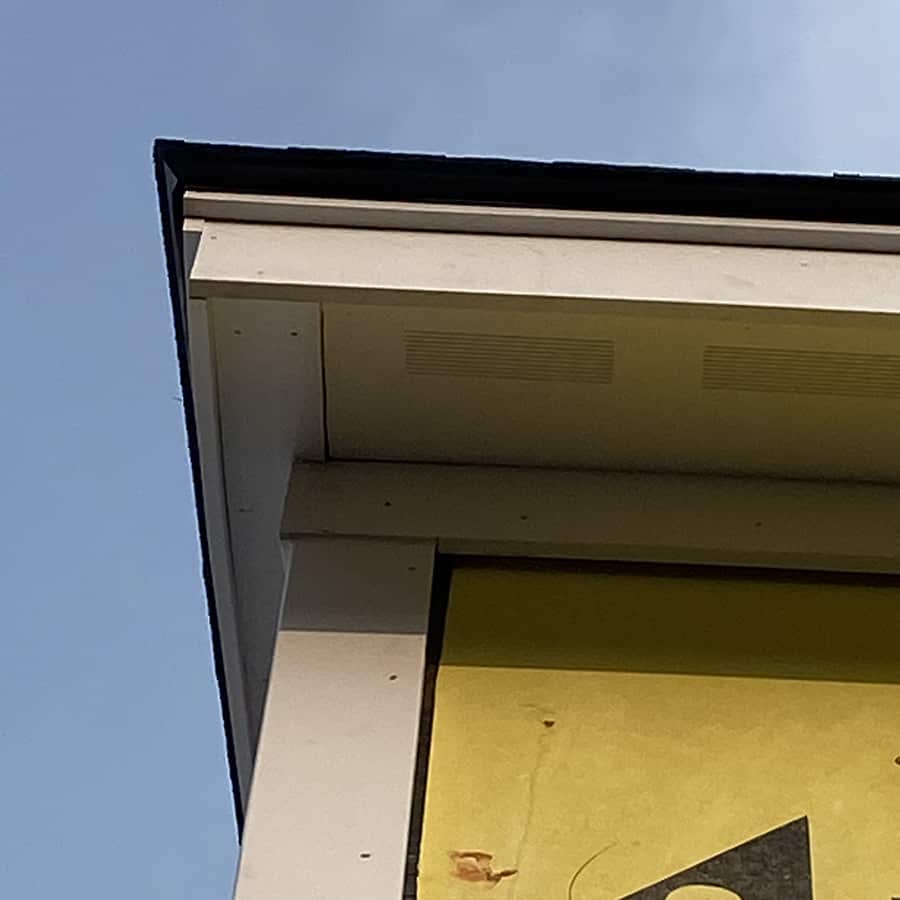
Thank you for the comparison. I am planning to insulate and finish an attic space soon. The roof is metal sheeting with tarpaper on plywood panels. I’m not sure I understand the argument about cardboard or plywood baffles that may rot. Isn’t the point of the baffles to ensure that moisture can escape? If baffles end up rotting it seems they are not doing their job (installed incorrectly, blocked vents) and the material isn’t the problem. Am I missing something?
You’re correct that attic ventilation minimizes moisture and keeps it from accumulating, but exterior air can and will be humid. That humid air will be flowing along the baffle surface. Plywood is safe, but cardboard can certainly soften over time.
One additional tip I would suggest is to ensure proper sealing and insulation at the edges where the baffles meet the rafters. This can be done with caulk to make it airtight and spray insulation foam at the bottom horizontal edge of the baffle to maximize the attic’s insulation value. These small details can make a significant difference, especially in older homes or extreme climates.
Good tip. Thanks.
I have a ridge vent and soffit vents presently. My intent is to install baffles between the rafters to gain benefit of the additional airflow.
I live in the northern Alabama area and so we do not have the extremes of south Texas or northern Wisconsin, but do have some hot summers.
Question: Is there additional benefit to installing fiberglass insulation underneath the baffles (on the attic side, not on the decking side) to provide additional R-value?
If I understand correctly, you have an unconditioned attic and the insulation is just above the ceiling. In this case, the baffles are only needed to allow air flow from the soffit vents to just above the top of the insulation. The 2021 International Energy Conservation Code for residential buildings suggests R-49 for your climate zone (3) although I don’t think this version of the code has been adopted in your state. Not knowing what you currently have installed, I would say at least meeting your current code is a good idea. Adding insulation should also go hand-in-hand with air sealing the ceiling as well.
I am currently working with the builder in Florida and they have installed cardboard baffles. When I questioned them, they told me it was perfectly normal. Is there laws for building to abide to that I can request they meet?
The building code only states that baffles are required and that they can be “any solid material”.
found your post very useful and instructive. lots to think about.
thank you.